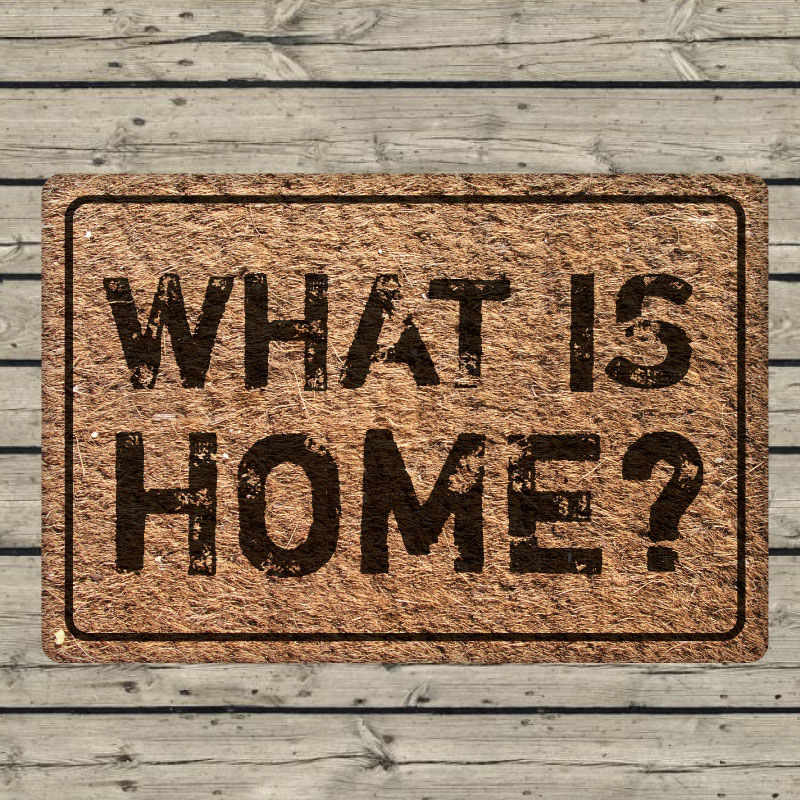What is home?
Houses come in many sizes and styles. So do families. But is “home” the same for everyone? Are there basic, built elements that can be designed to provide the emotional foundation for home?
A welcoming approach—Consider the entryway. Can the feeling of home be reinforced by the ritual of coming home? How does the resident enter the home? Is it welcoming as well as functional? Can opportunities be created for the personality of the resident to be expressed at the dividing line between public and private space?
A refuge—Beyond shelter and function, home should be a place of emotional comfort, offering opportunities for relaxation, solitude, contemplation, and rejuvenation. Private gardens, back porches, balconies, and rooms or nooks can offer welcome retreats.
A room with a view—Beyond their obvious function, windows and doors have the potential for a strong emotional impact. From inside or out, warm light beaming through windows creates a sense of comfort and peace. Views of the surrounding environment can also affect the feeling of home, increasing a sense of connection to its surroundings. Or, depending on mood or events of the day, that same view might amplify the feeling of home as refuge from what lies outside.
Special days—Home is often defined by our best memories, and it is often the special days that we remember. An important part of creating home is including spaces that work day-to-day, but also accommodate the events of gathering and reconnecting.

